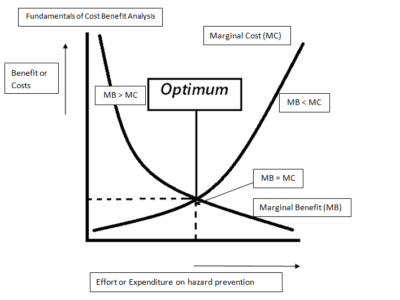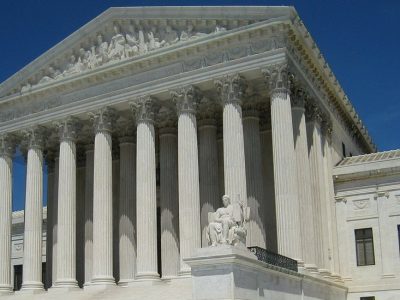Understanding Loper: A Sheep in Wolves’ Clothing?
The real world effects may be limited. Or they may undercut presidential power, to the surprise of advocates of the unitary executive.
This post is the last in a weeklong series on the Supreme Court’s ruling in the Loper Bright case. The ruling caused much rejoicing among conservatives who foretold the death of the administrative state. Among liberals, there was much rending of garments and gnashing of teeth. No one focused on the nuanced doctrine that the Court created to replace Chevron.
In this week’s blog posts, I have argued that the legal effect of the decision is likely to be incremental rather than transformative. In the first post, I argued that the new test applying to agency regulations uses different language but may not be dramatically different than Chevron in practice. In the second post, I argued that another prong of the Court’s new test, Skidmore deference, should not be underestimated. And in the third post, I argued that agencies can take effective advantage of the “grandfather clause” preserving precedents from the Chevron era.
Some commentators are brushing aside these aspects of the opinion as window-dressing that wasn’t meant seriously. But I think we have to assume that the Court’s language was not adopted lightly. Until proven otherwise, we should take the Court at its word. For what it’s worth, I believe that the three swing Justices (Roberts, Kavanaugh, and Barrett) will actually take the Loper test seriously in future cases.
Once the dust settles, then, the legal impact of Loper Bright may be more incremental than people realize. However, if nothing else, Loper increases the complexity of judicial review and requires judges to make some close, careful distinctions. Justice Scalia rightly praised the greater predictability and simplicity of Chevron, and the Court has tossed that out the window. Working out the kinks in the Court’s reformulated standard is likely to take years. The Court may yet rue the day it committed itself and lower courts to these complexities. In the end, though, judicial review of agency actions might not be dramatically different than it was before Chevron was overruled. Ultimately, Loper may be viewed as incrementalist — a sheep in wolves’ clothing.
In another sense, though, the decision was profoundly activist. Overruling Chevron was on the conservative checklist, and the Court dutifully followed through. The Court’s decision to grandfather in past decisions under Chevron shows that, despite its claim otherwise, the Court understood just how deeply Chevron had been embedded in the law.
The substance of the decision may have been incremental, but appearances also matter, and the appearance was one of forthright activism. Given that this is one of a series of cases that trim back on agency power, it’s understandable that people see this decision as an attack on the regulatory state — even though I think a careful reading of the opinion shows that it is much less alarming.
Some conservatives seem to combine a love of presidential power with a hatred of administrative agencies. That is based on a misunderstanding of how major regulations work these days. Presidents have greatly increased their control over agencies like EPA. Agency agendas are heavily shaped by presidential priorities, and the White House actively oversees the regulatory process. There is a reason that the head of the White House’s Office of Information and Regulatory Affairs, OIRA, is called the regulatory czar.
Limiting the policymaking discretion of agencies would truncate the ability of presidents to implement their domestic agendas. Ironically, because Skidmore deference gives weight to entrenched agency interpretations of statutes and to agency expertise, it favors the bureaucracy over political appointees and the White House. Under Skidmore, “We’ve always done it this way” becomes a potent legal argument.
Because there are so many outstanding questions about the Court’s new approach to judicial review, we won’t know its practical impact for some time. Its symbolic impact as an affirmation of conservative ideology is more obvious. As with many ideologically motivated actions, it may turn out to have modest practical effect or even to be counterproductive in terms of the goals of its supporters.






Reader Comments